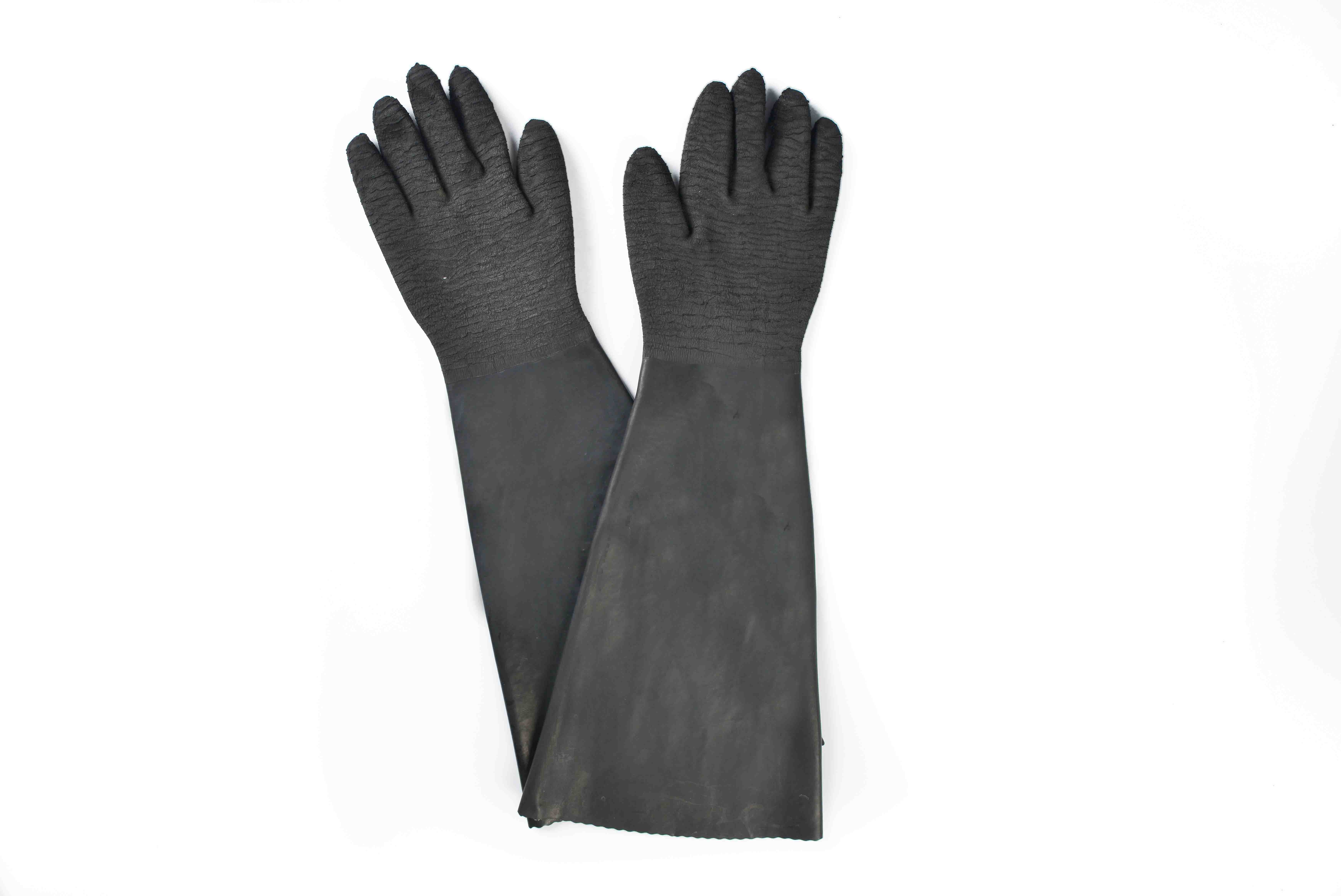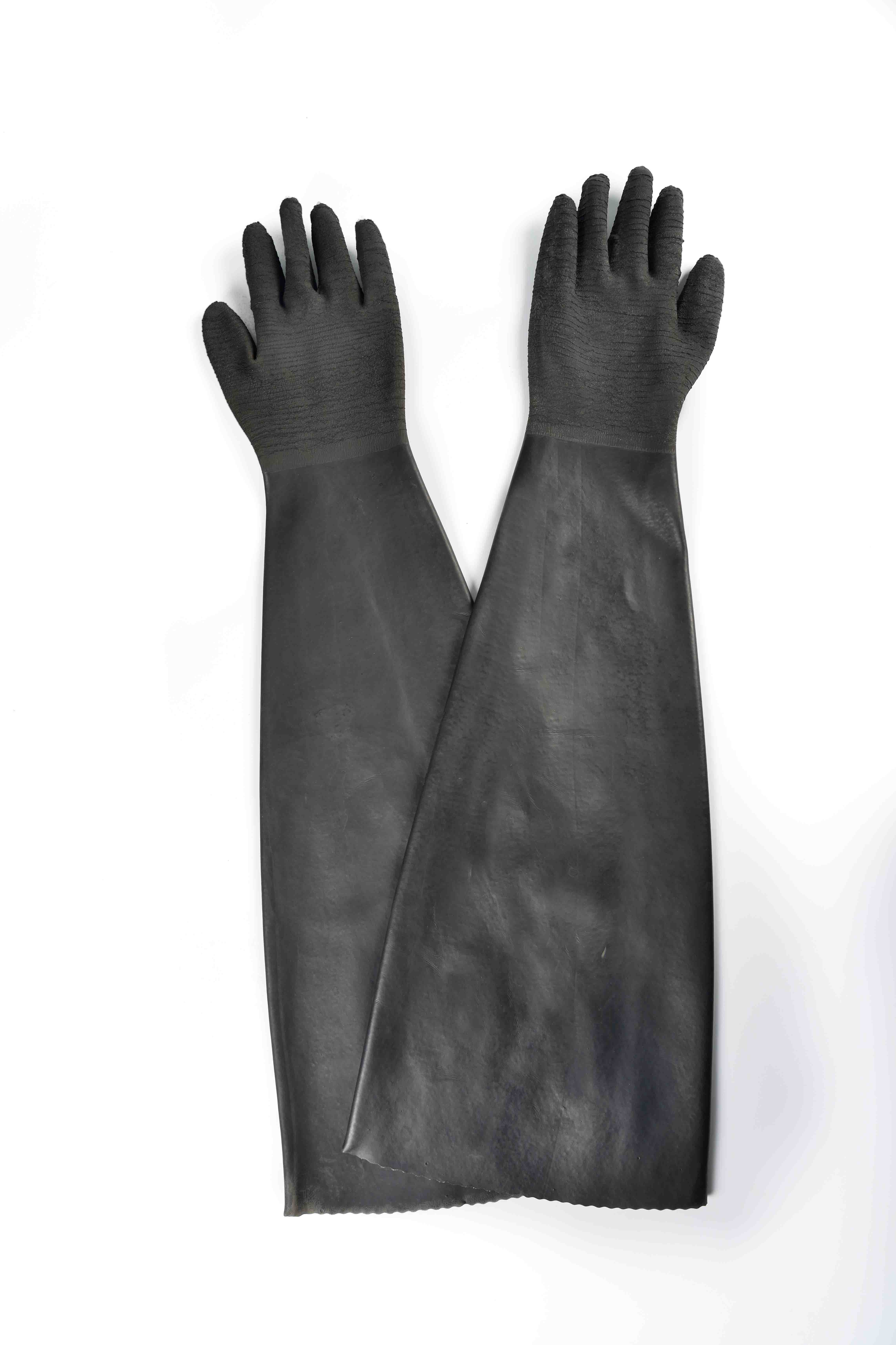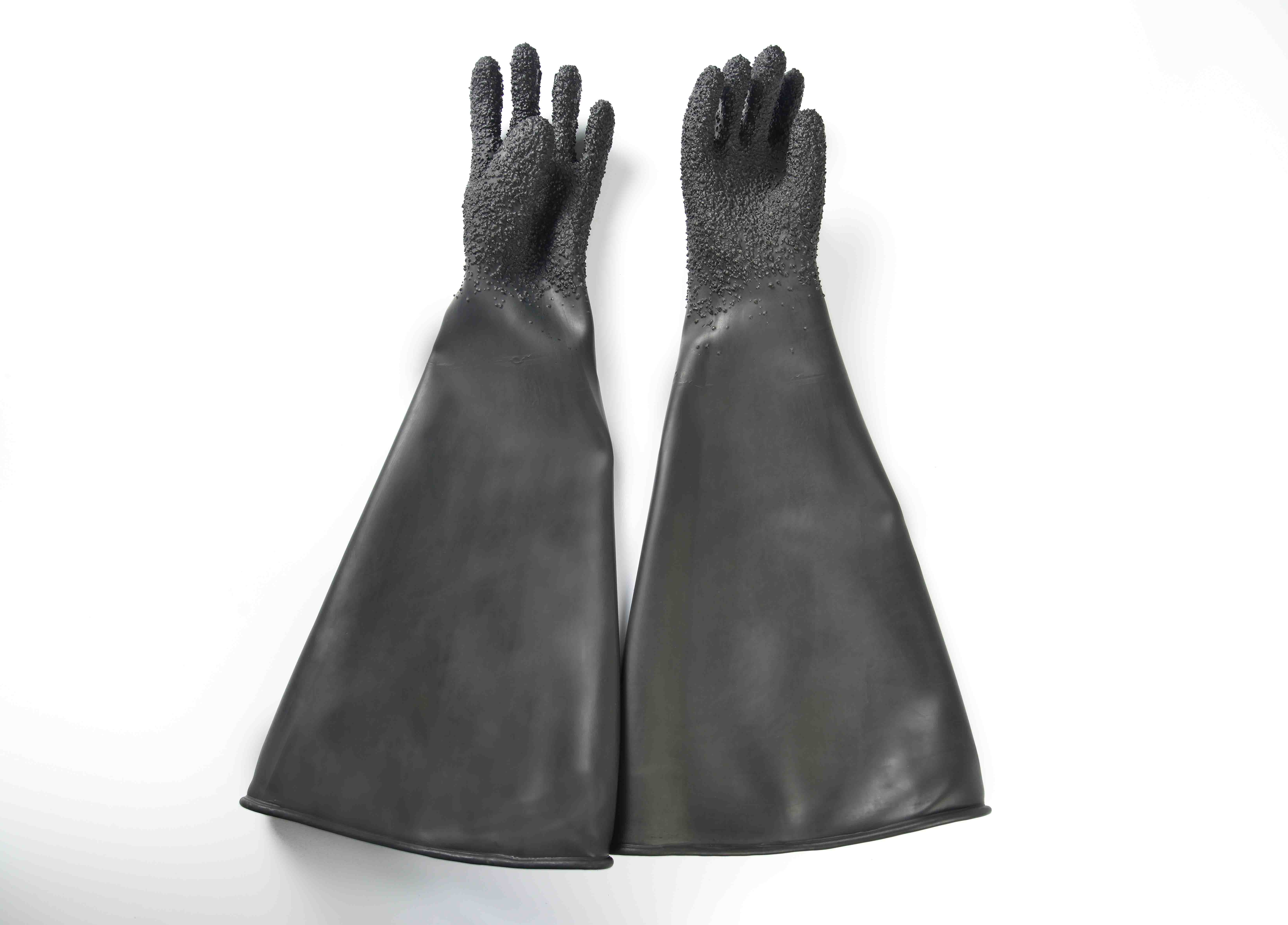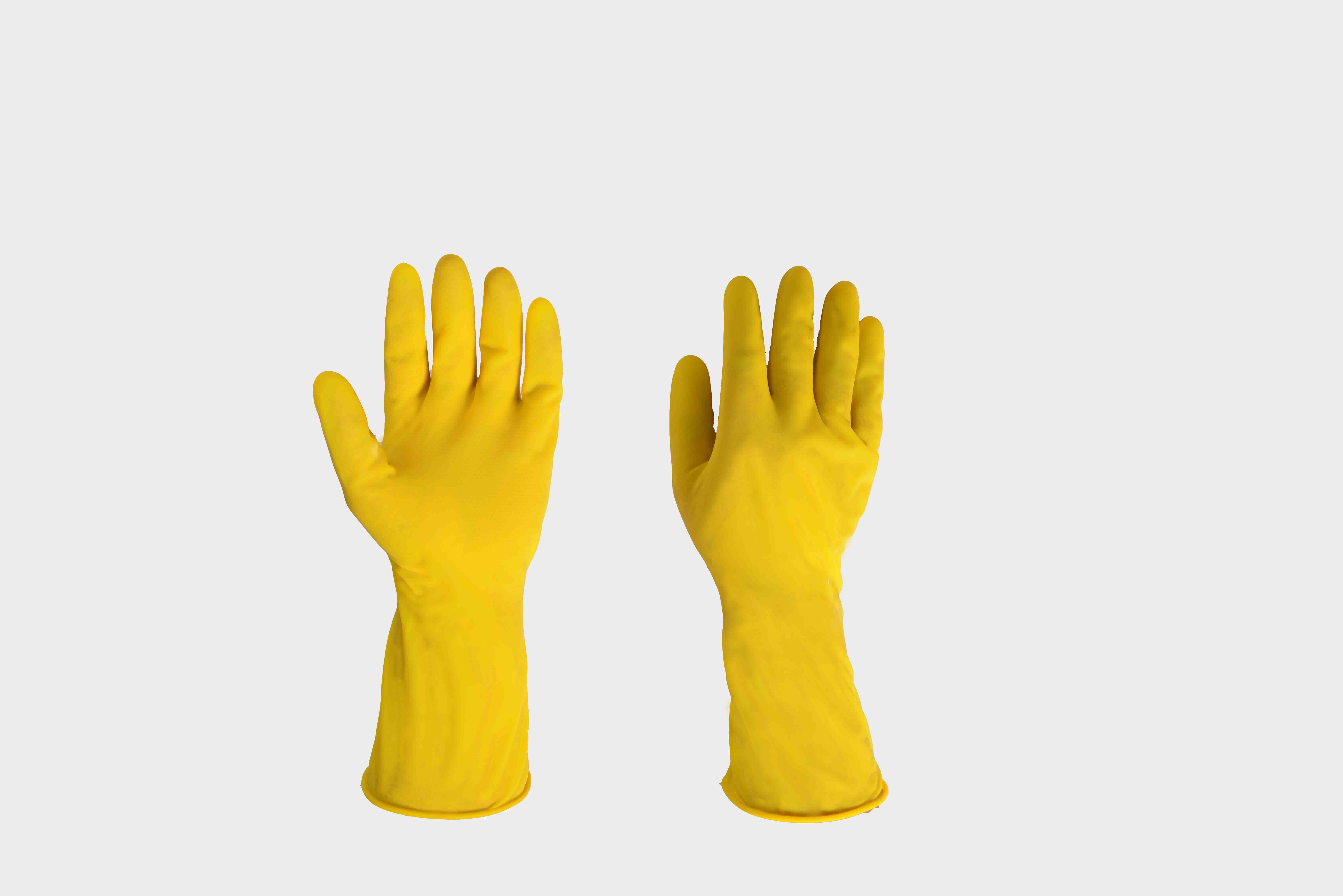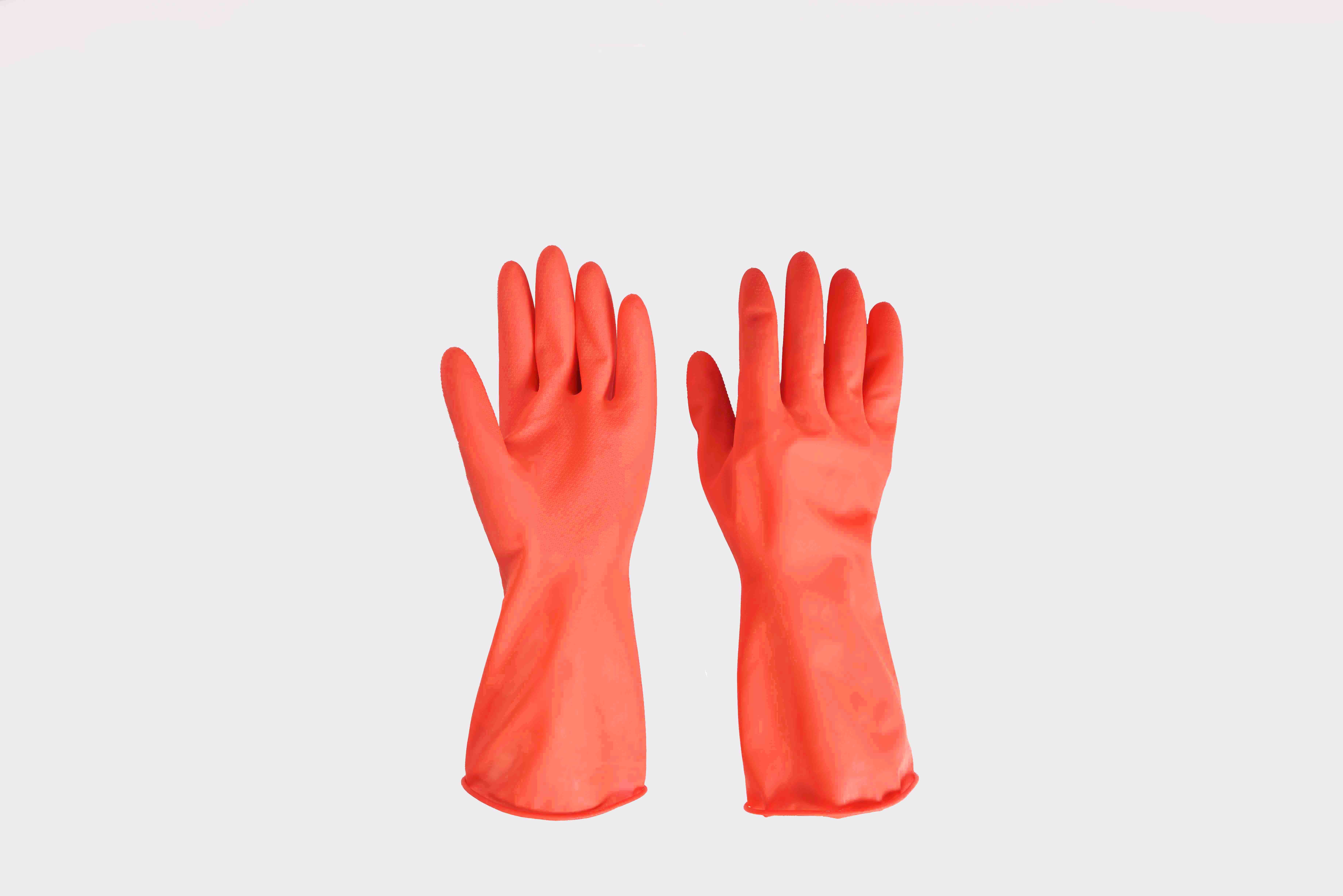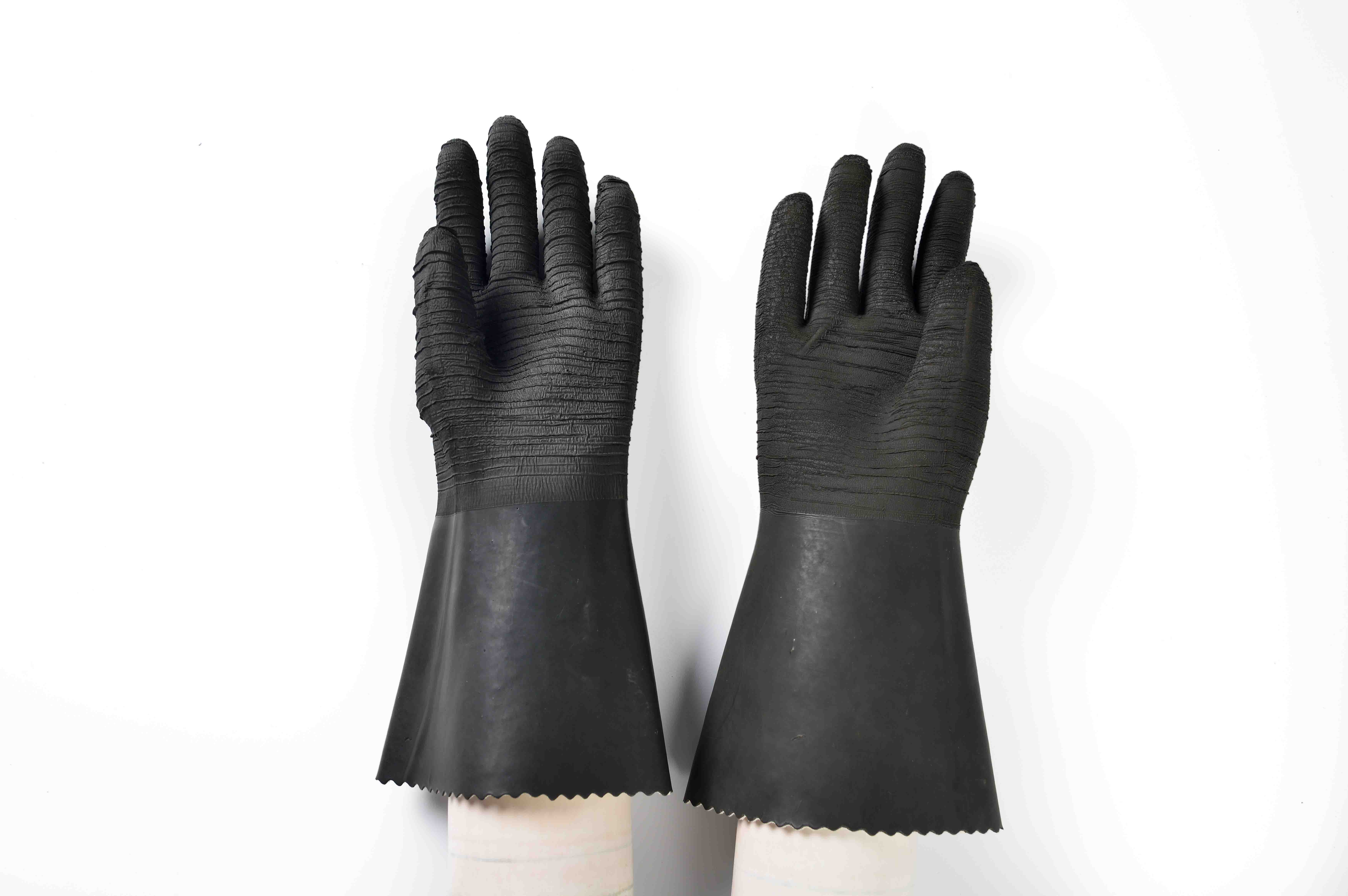Wholesale price stable quality 24″ rubber glove with cotton linning-rough finish in Malaysia
Short Description:
Heavy duty rubber glove, made of 100% natural latex. 24″ length(62cm), rough finish, seamless, cotton lining, ambidextrous style (fits either hand), 570g/pair, 50pairs/case. Good resistance against acid and alkali. Using for Isolater, dry box, blast cabinet, etc.
Product Detail
FAQ
Product Tags
We insist on the principle of development of 'High quality, Efficiency, Sincerity and Down-to-earth working approach' to provide you with excellent service of processing! Wholesale price stable quality 24″ rubber glove with cotton linning-rough finish in Malaysia, items won certifications with the regional and international primary authorities .For far more detailed information,please contact us!
Heavy duty rubber glove, made of 100% natural latex.
24″ length(62cm), rough finish, seamless, cotton lining, ambidextrous style (fits either hand), 570g/pair, 50pairs/case.
Good resistance against acid and alkali. Using for Isolater, dry box, blast cabinet, etc.
FAQ Content
LONG TIGHT LATEX GLOVES RUBBER VINYL
LONG OPERA GLOVES ASMR
Ironclad has partnered up with Vibram to bring you “Workboots for your hands™” featuring visual engineering technology.

